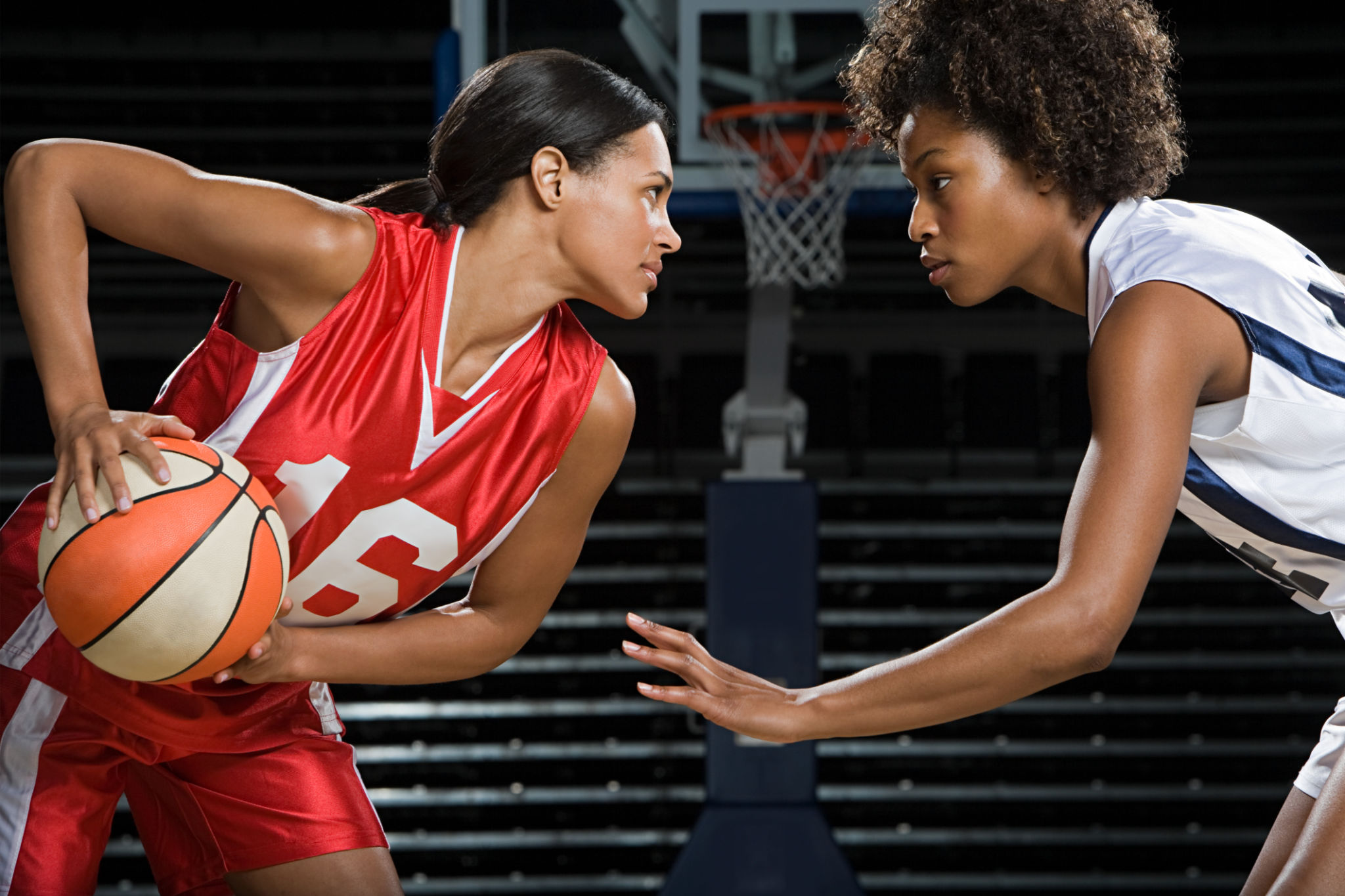How Sports Recovery Devices Are Revolutionizing Youth Sports
The Rise of Sports Recovery Devices in Youth Sports
In recent years, the landscape of youth sports has undergone a significant transformation, primarily due to the advent of advanced sports recovery devices. These devices, once reserved for professional athletes, are now making their way into the routines of young athletes, revolutionizing the way they recover from intense physical activities.
One of the primary reasons for this shift is the increased understanding of the importance of recovery in sports performance. Coaches, parents, and athletes themselves are beginning to realize that effective recovery can enhance performance, prevent injuries, and prolong athletic careers.

Understanding Sports Recovery Devices
Sports recovery devices encompass a wide range of tools designed to aid athletes in their recovery process. These include compression garments, massage guns, foam rollers, and percussive therapy devices. Each of these tools serves a unique purpose and can be integrated into an athlete's routine for optimal results.
Compression garments, for instance, are designed to improve blood circulation and reduce muscle soreness. Massage guns and percussive therapy devices help in relieving muscle tension and improving flexibility. Foam rollers serve as an affordable and accessible option for myofascial release therapy, which helps in breaking down adhesions and scar tissues.
Benefits for Young Athletes
The introduction of these devices in youth sports programs provides numerous benefits. Firstly, they facilitate quicker recovery times, allowing young athletes to train more effectively and consistently without the risk of overtraining. This is particularly important as youth sports schedules can be demanding, with frequent practices and competitions.

Secondly, these devices help in injury prevention. By supporting muscle recovery and reducing fatigue, they minimize the risk of common sports injuries such as strains and sprains. This not only keeps young athletes on the field but also builds their confidence as they can perform at their best with reduced fear of injury.
The Role of Technology in Enhancing Recovery
Technological advancements have played a crucial role in the development of sports recovery devices. Many modern devices are equipped with smart technology that allows athletes to track their recovery progress. For example, some compression garments come with sensors that monitor muscle activity and provide real-time feedback.
This technology enables personalized recovery plans that cater to the specific needs of each athlete. By using data-driven insights, coaches and trainers can tailor training and recovery regimens that optimize performance and ensure the well-being of young athletes.

Implementing Recovery Devices in Youth Sports Programs
Integrating sports recovery devices into youth sports programs requires education and training for both athletes and coaches. It is essential to understand how to use these tools effectively to maximize their benefits. Workshops and seminars can be instrumental in providing this knowledge.
Moreover, creating a culture that values recovery as much as training is vital. Encouraging young athletes to prioritize their health and well-being will not only improve their performance but also instill lifelong habits that promote overall physical fitness.
The Future of Youth Sports Recovery
The future of youth sports looks promising with the continued integration of recovery devices. As these technologies become more accessible and affordable, it is expected that their use will become commonplace in youth sports programs worldwide. This shift will likely lead to healthier, more resilient athletes who can enjoy longer and more successful sporting careers.
In conclusion, sports recovery devices are indeed revolutionizing youth sports by enhancing performance, preventing injuries, and promoting a more holistic approach to athletic development. As awareness grows, so too will the impact of these innovative tools on the next generation of athletes.